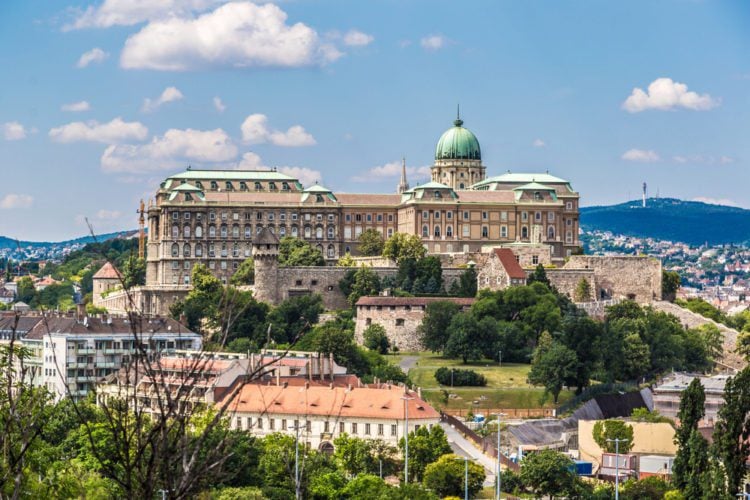In the heart of old Europe, on the banks of the mighty Danube, lies a city with a thousand faces. The towns of Pest and Buda, which formed the capital of Hungary in 1873, have seen Roman legionaries, Huns, and Turkish soldiers throughout their history. Museums in Budapest, including world-renowned galleries and unique surprise exhibitions, showcase ancient history and multicultural heritage, captivating both adults and young tourists.
Hungarian National Museum
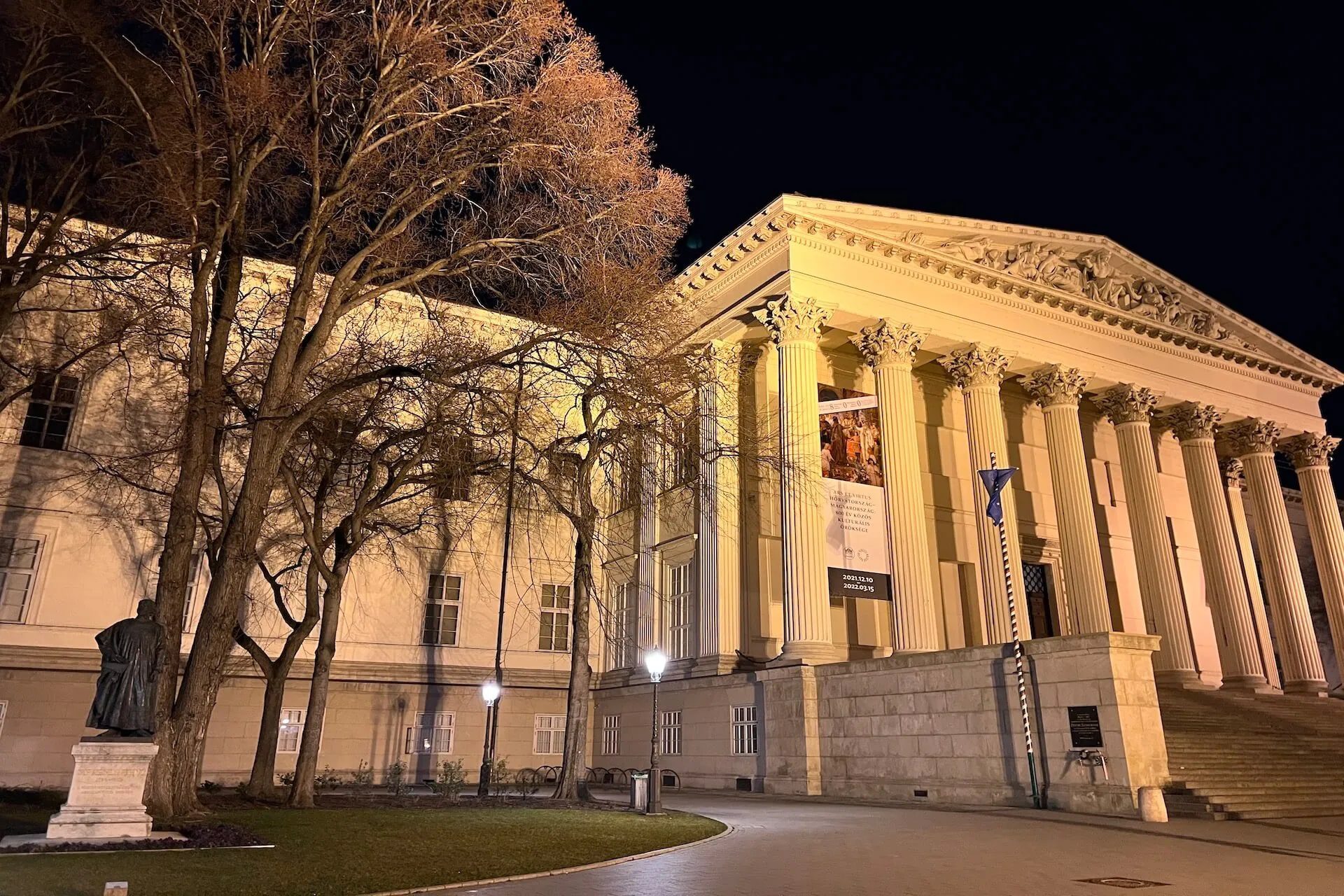
The history of one of Hungary’s largest museums dates back to 1802. Reformer and magnate Ferenc Széchényi, who decided to make his rich collection of historical artifacts accessible to the public, petitioned the emperor. Forty-five years later, a neoclassical building appeared a few hundred meters from the Danube on the old Pest side. The building itself is a cultural asset with a rectangular shape, a facade decorated with columns and an antique portico, and internal staircases adorned with statues by Raffaello Monti.
The museum offers seven permanent exhibitions. In the basement, you’ll find a Roman lapidarium with fragments of tombs, frescoes, and sculptures from the Roman Empire. On the upper floor, visitors can explore exhibits reflecting Hungary’s centuries-old history. The most valuable items include a 1,000-year-old coronation mantle made of Byzantine silk, adorned with images of Jesus Christ surrounded by apostles, and the golden crown of Saint Stephen, covered with sapphires and pearls.
Hungarian Natural History Museum
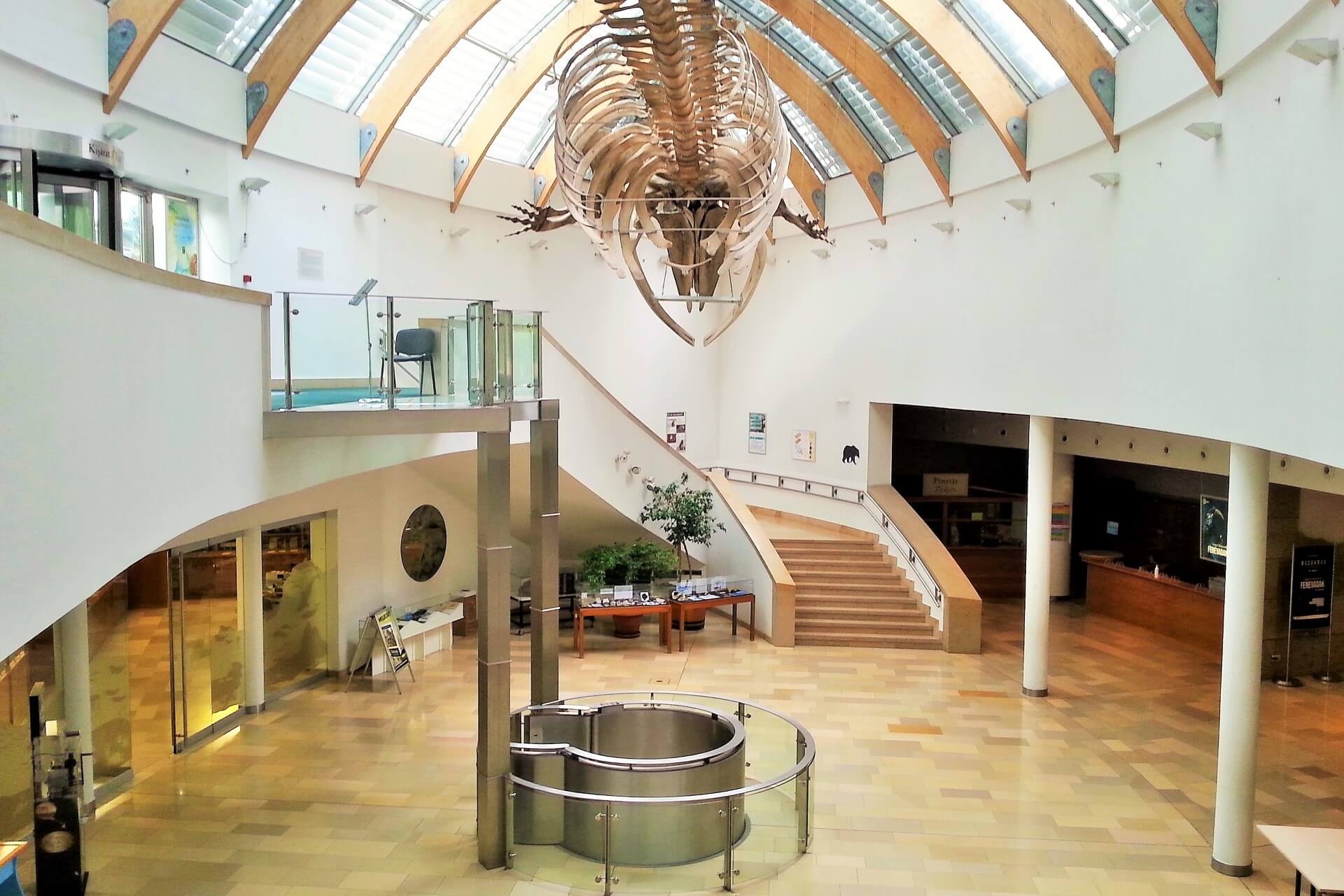
The exhibits here are a time capsule preserving information about the development of flora and fauna on our planet. Its history began in 1802 when Count Ferenc Széchényi donated his personal collection of books and coins to the public. Nine years later, the collection was enriched with paleontological treasures belonging to Austrian Archduke Joseph Reiner. The number of relics kept growing, reaching 48,000 items by 1848 and 1 million by the end of the 19th century.
Today, the exhibits housed in the Ludovika Academy building attract both adults and young visitors. The entire exhibition is divided into several zones: mineralogy, zoology, botany, paleontology, and anthropology. Young visitors will particularly enjoy the section displaying fossil remains of extinct giants like dinosaurs, mammoths, and saber-toothed tigers. Here, a life-size model of a caveman also draws crowds.
Museum of Ethnography
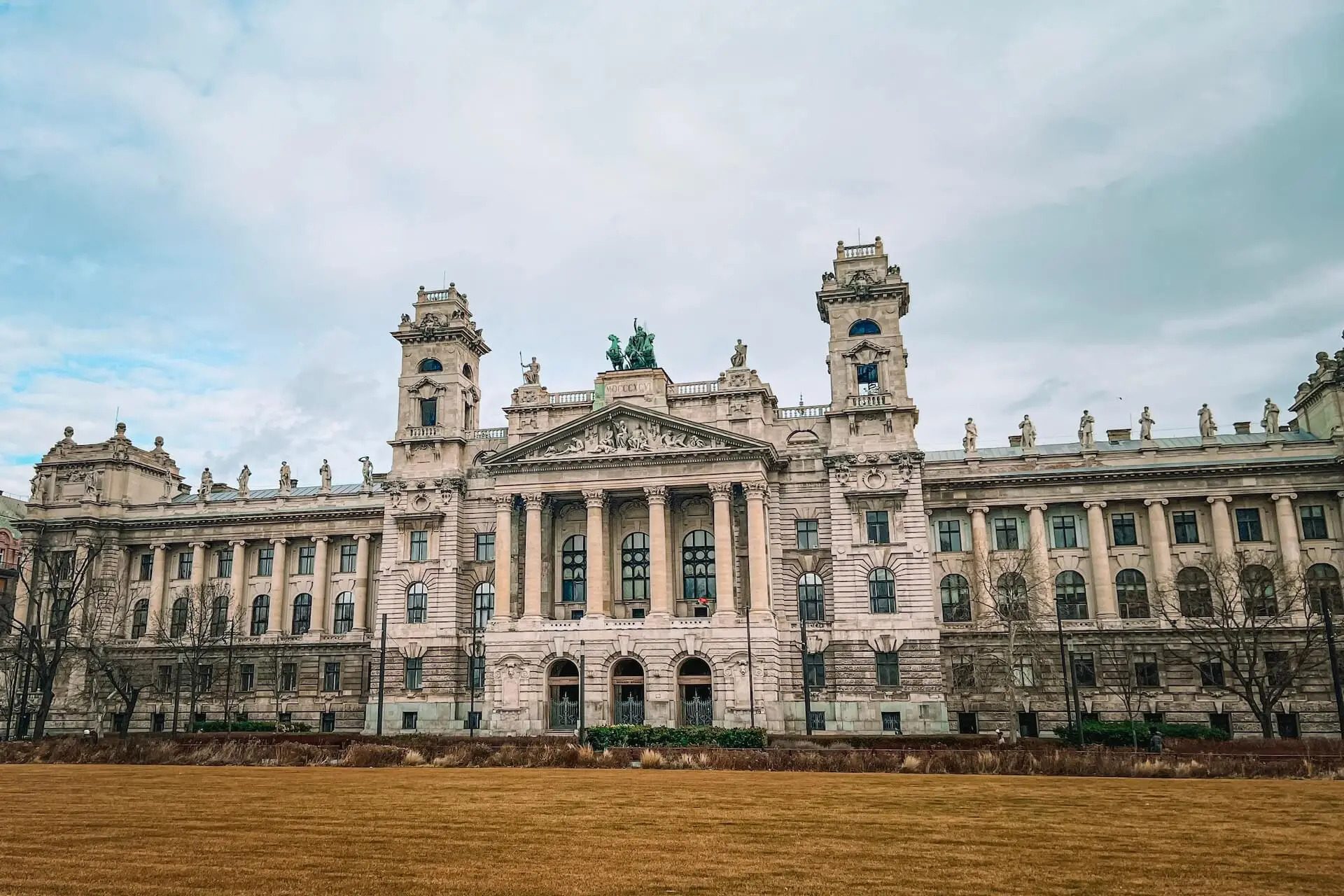
With a collection of over 200,000 artifacts, it is one of the largest ethnographic museums in Europe. Located opposite the Hungarian Parliament, the museum’s permanent exhibitions are housed in a building that once served as the Palace of Justice. Built at the end of the 19th century, the structure combines Baroque, neoclassical, and Renaissance styles, captivating visitors with its grand facade and luxurious interiors.
Visitors will need at least two hours to view the exhibits. The main collection focuses on the development of the Hungarian people from prehistoric times to the present day. It is divided into several themes: peasantry, hunting, customs, crafts, national music, and animal husbandry. The exhibits include household items, jewelry, clothing, children’s toys, furniture, icons, kitchen utensils, and a vast archive of historical photographs. Several rooms are dedicated to the culture and art of Australia, Oceania, Africa, and Eurasia.
House of Houdini
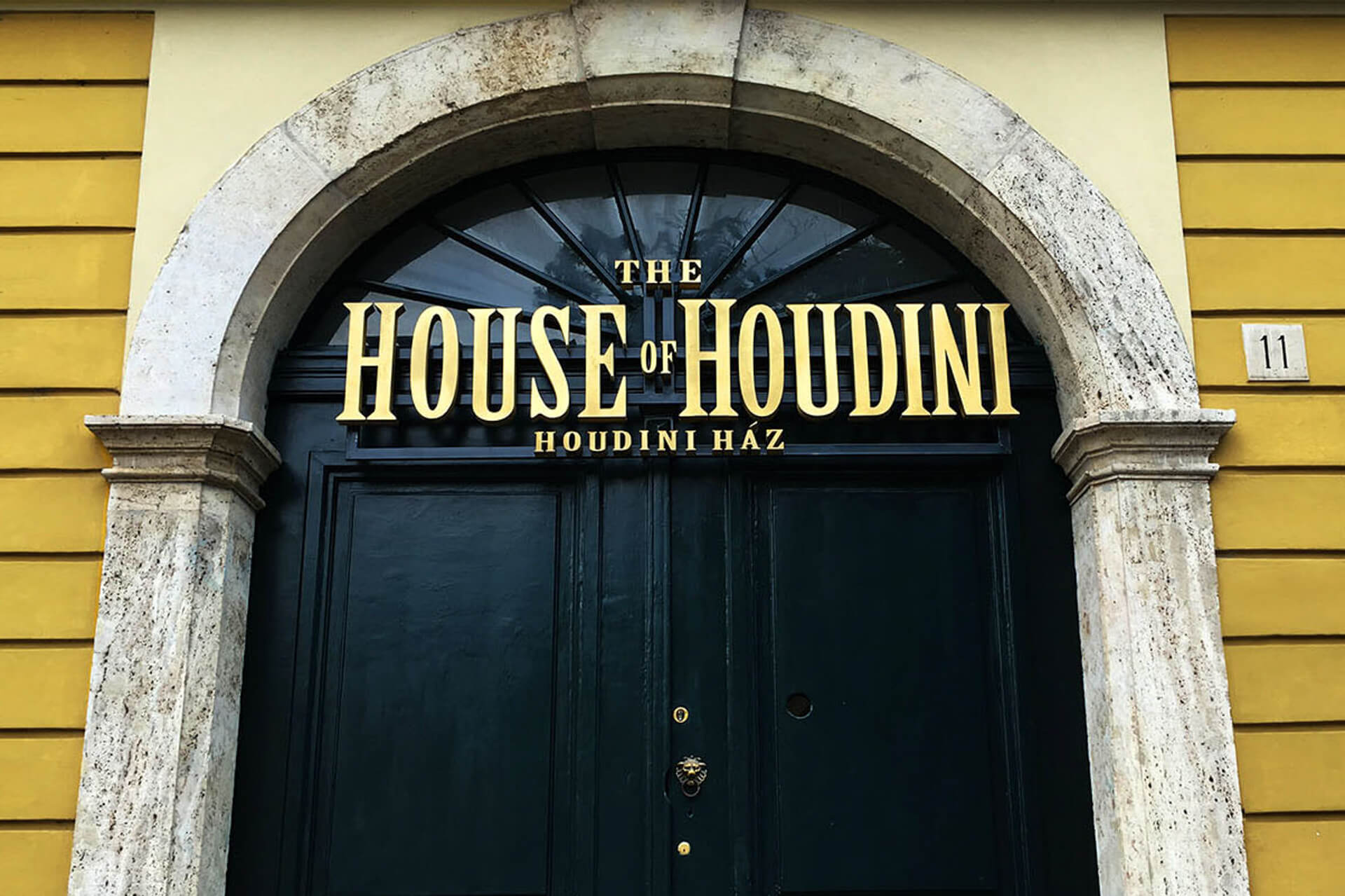
This is a meeting place for fans of the magical art of illusion. Located in the mysterious Castle District, 100 meters from the Royal Palace, the idea for an exhibition dedicated to the life and work of the great magician Harry Houdini (born Erik Weisz) came from actor David Merlini. Entering the museum is not easy; visitors must solve a mysterious message prepared for them along with purchasing a ticket.
The exhibits include items that belonged to the famous illusionist: books, personal belongings, unique performance props, and letters. Visitors will find Houdini’s water-filled tank, police handcuffs that brought him fame through public escapes, a replica of the “Chinese Water Torture Cell,” and old posters of his popular performances. Every 30 minutes, interactive magic shows are held in a small theater-style room, organized by aspiring magicians.
Hungarian Railway History Park
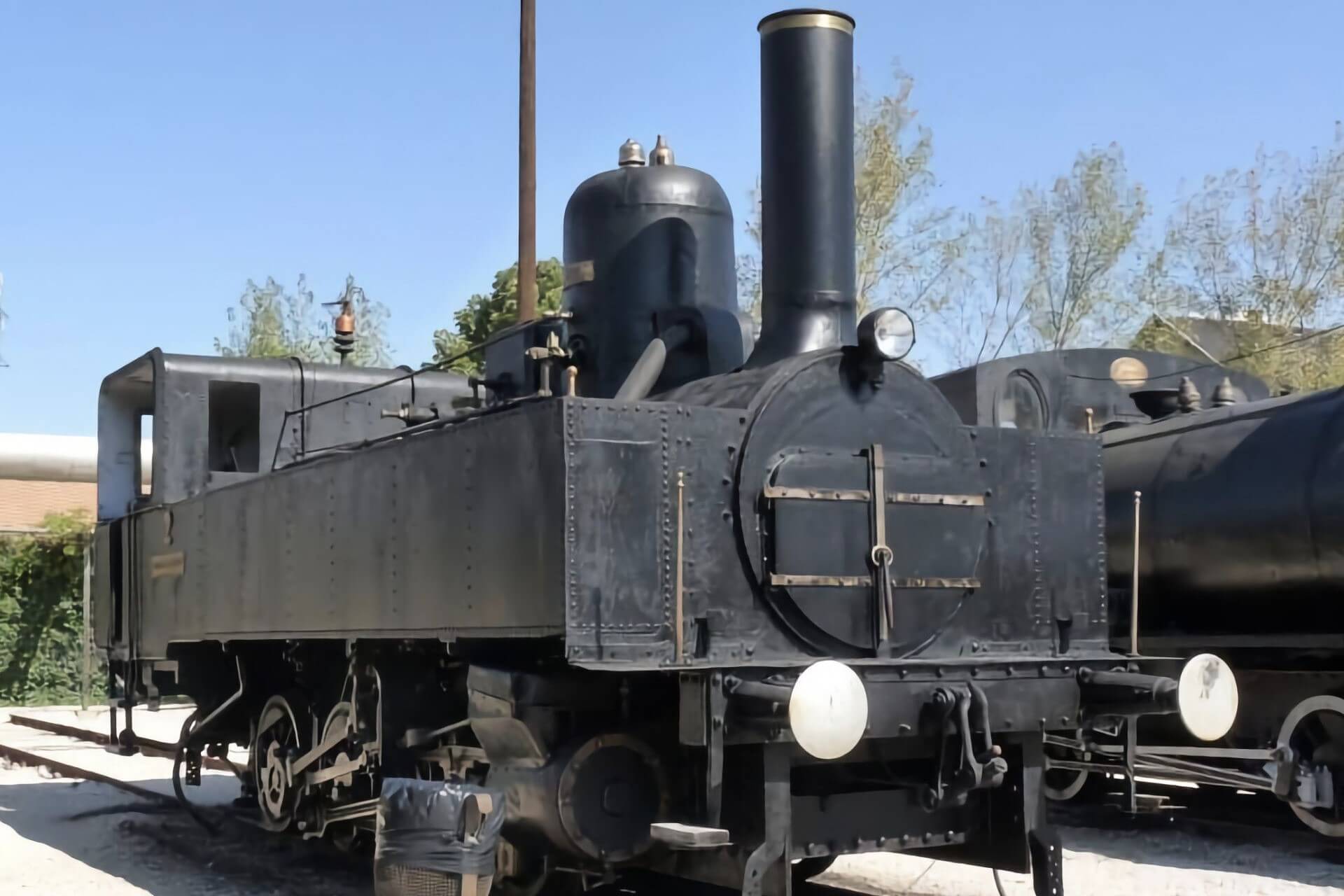
In 1999, an unusual museum was opened in the northern depot of the Hungarian railway. Its collection is displayed outdoors, with all exhibits (including an old “Chaika” limousine) set on rails. The exhibits are mainly from the 19th and 20th centuries, and there are no ultramodern trains. Among the rarities, visitors will find a steam engine from 1870 and a dining car from the famous “Orient Express,” which has been carrying passengers from Paris to Constantinople since 1883.
This entertaining center will surely interest young travelers. Curious visitors can ride a handcar or miniature steam train, “work” as a dispatcher on an interactive railway, explore the inner workings of a locomotive, and pull all the levers in the cab of a century-old train.
Hungarian National Gallery
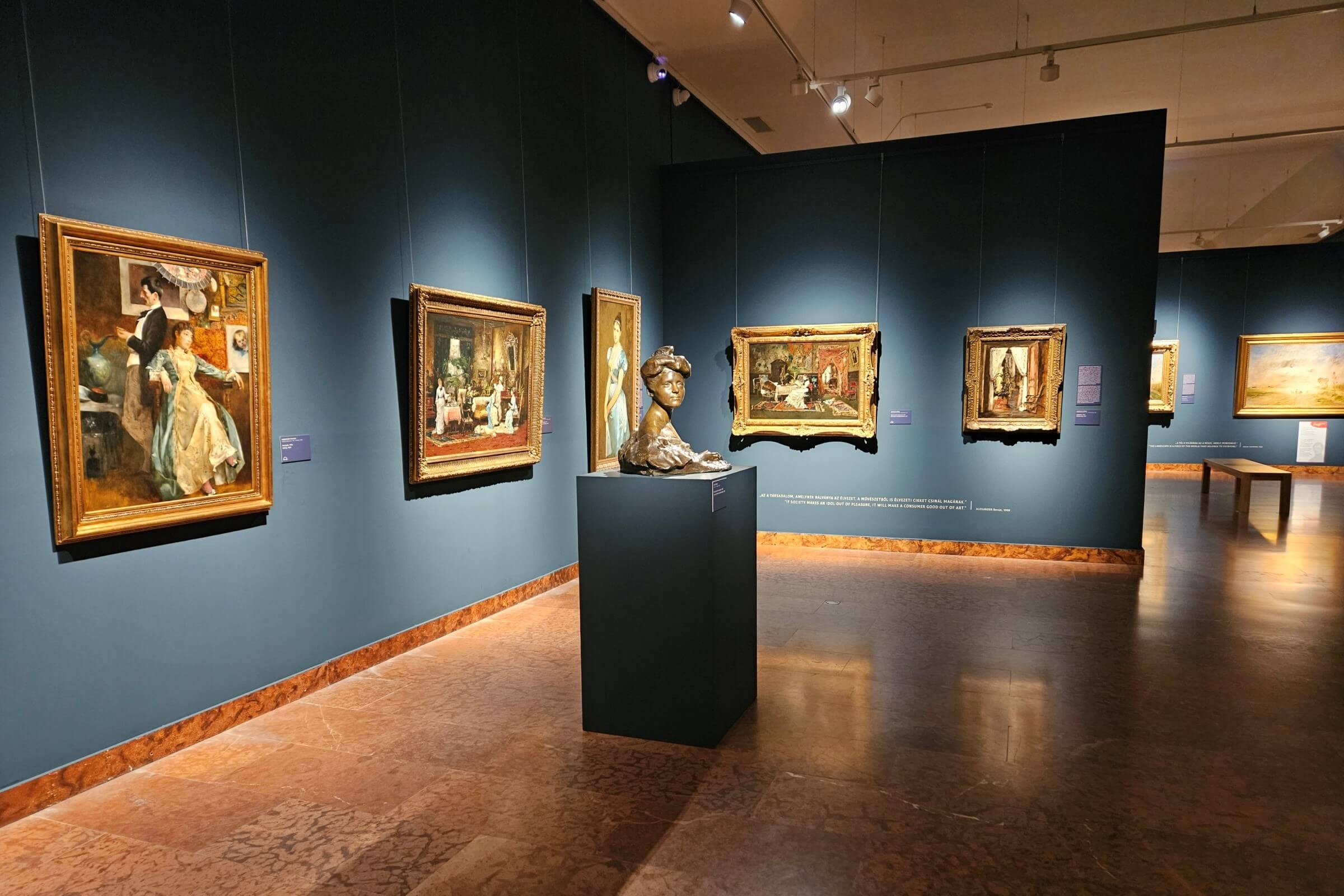
Founded in 1957, the Hungarian National Gallery is located in the Royal Palace. The collection, which includes about 10,000 items, is organized chronologically, starting from the 12th century, the era of Gothic and medieval styles. Visitors will find works from these periods on the first floor, along with art from the late Renaissance and Baroque periods by Hungarian and Austrian masters.
Highlights include 19th-century sculptures and paintings, such as “Women of Heba” by romantic artist Bertalan Székely, “Siege of Buda” by Gyula Benczúr, and “The Last Day of a Condemned Man” by Mihály Munkácsy. The second and third floors of the gallery feature extensive collections of Hungarian paintings and sculptures from the 20th century, divided into pre-war and post-war sections, representing movements such as Expressionism, Surrealism, Pop Art, and Hyperrealism. Temporary exhibitions also regularly introduce visitors to the works of famous artists.
Museum of Applied Arts
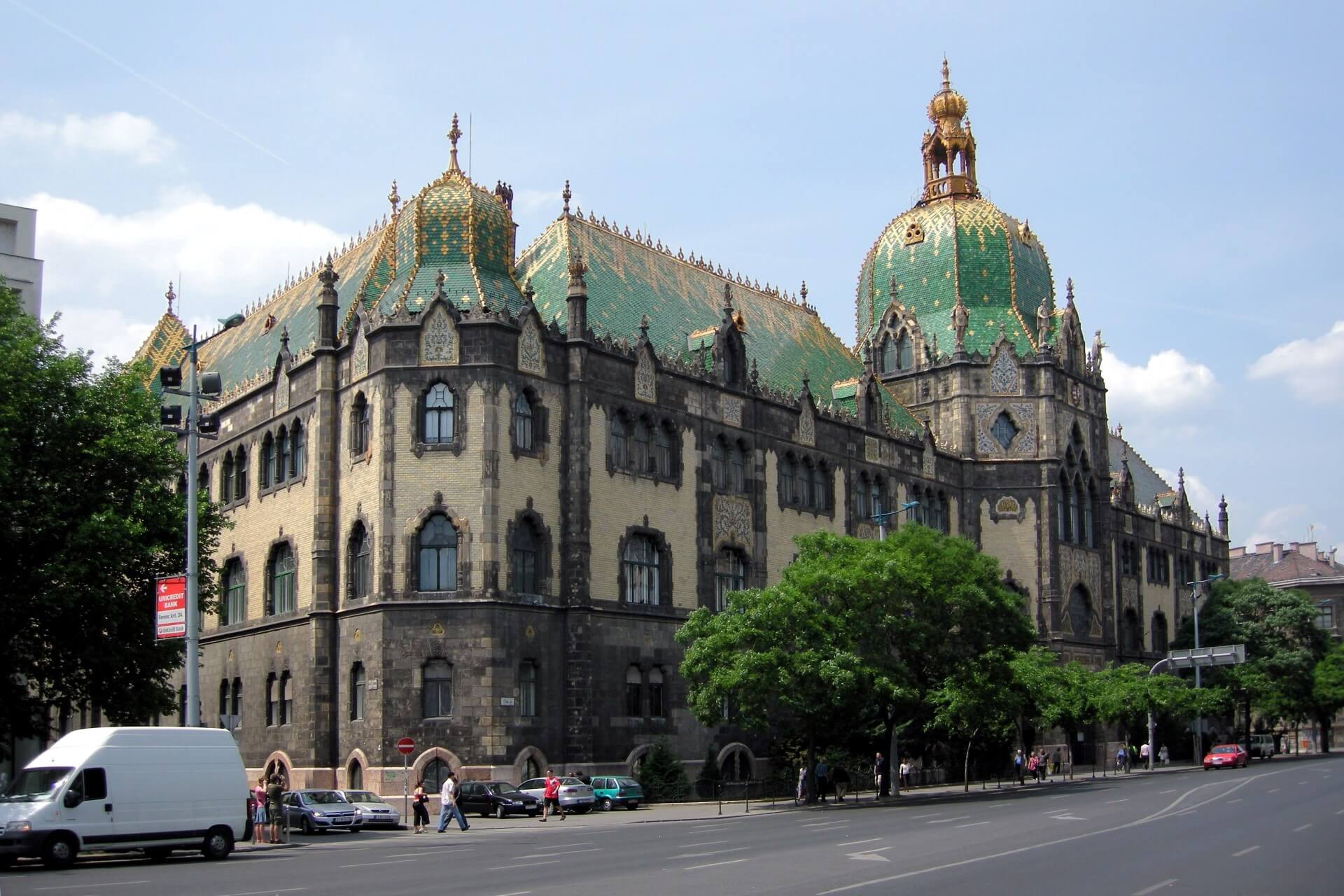
Opened in 1896, this museum is housed in an architectural masterpiece. Built according to the plans of renowned architects Gyula Pártos and Ödön Lechner, the building stands out with its Hungarian, Indian, and Turkish designs and porcelain cladding from the Zsolnay factory. The prominent roof with a central dome is covered with bright green tiles, and the grand Moorish-style lobby features an ornate relief ceiling.
The museum focuses on European applied art from the Middle Ages to the present. The exhibits are divided into five sections: furniture, ceramics, jewelry, textiles, and glass. Highlights include the Esterházy family’s jewels, antique clocks, unique musical instruments, and oriental tapestries.
Hungarian Jewish Museum and Archives
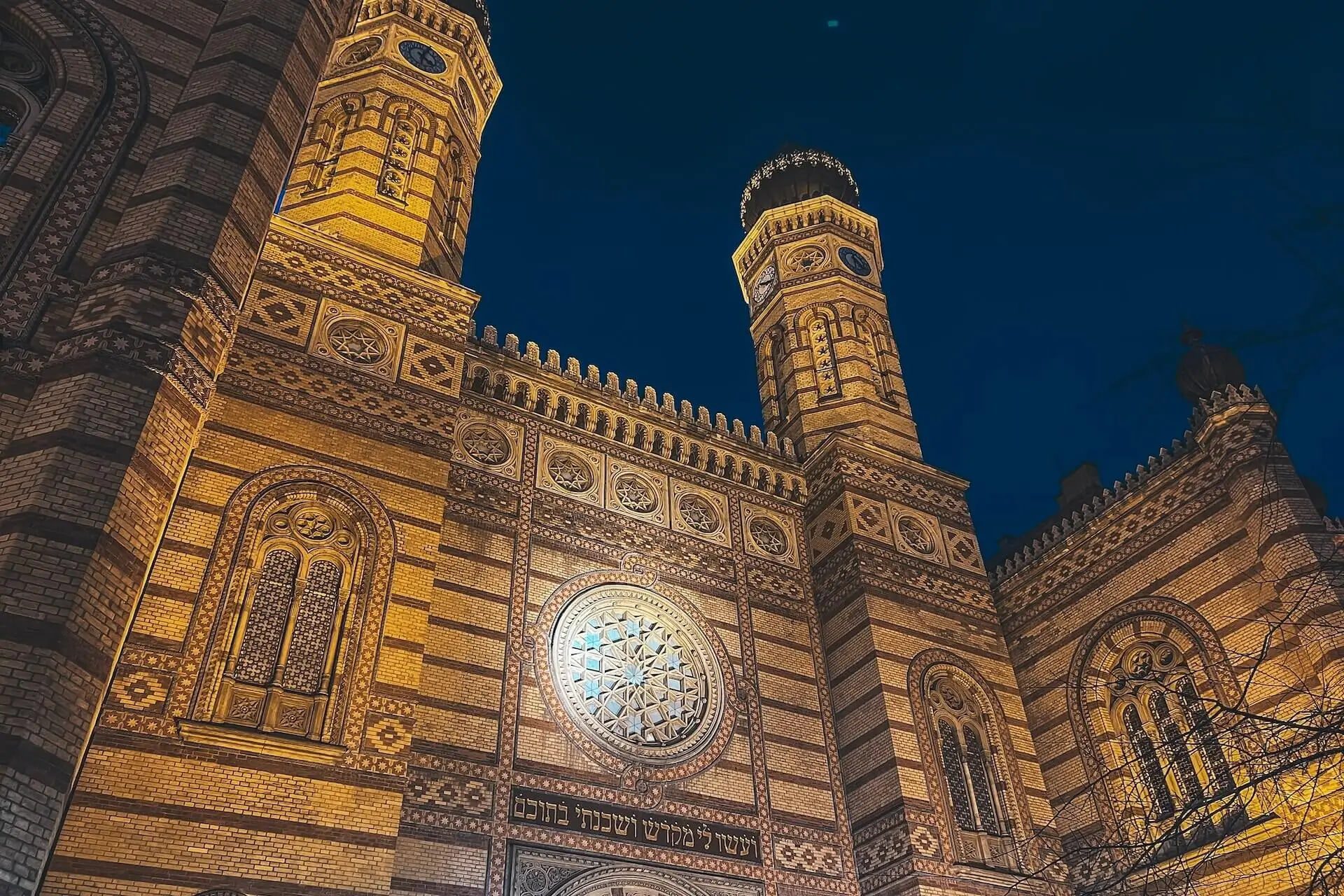
Located on the site of the house where Theodor Herzl, the father of modern political Zionism, was born, this museum opened in 1931. Its exhibits cover the history and culture of the Jewish people, including ceremonial items, books, furniture, and household objects. A large portion of the collection is dedicated to the Holocaust, with visitors able to visit a cemetery for victims of Nazism and a memorial park honoring Swedish diplomat Raoul Wallenberg, who saved thousands of Hungarian Jews during the war. Nearby is the largest synagogue in Europe, built in 1859.
The museum’s collection is largely formed through personal donations from concerned residents and visitors. These contributions continually enrich the archives with Judaica, letters, photographs, paintings by Jewish artists, and personal belongings, all used for exhibitions and research.
Aquincum Museum
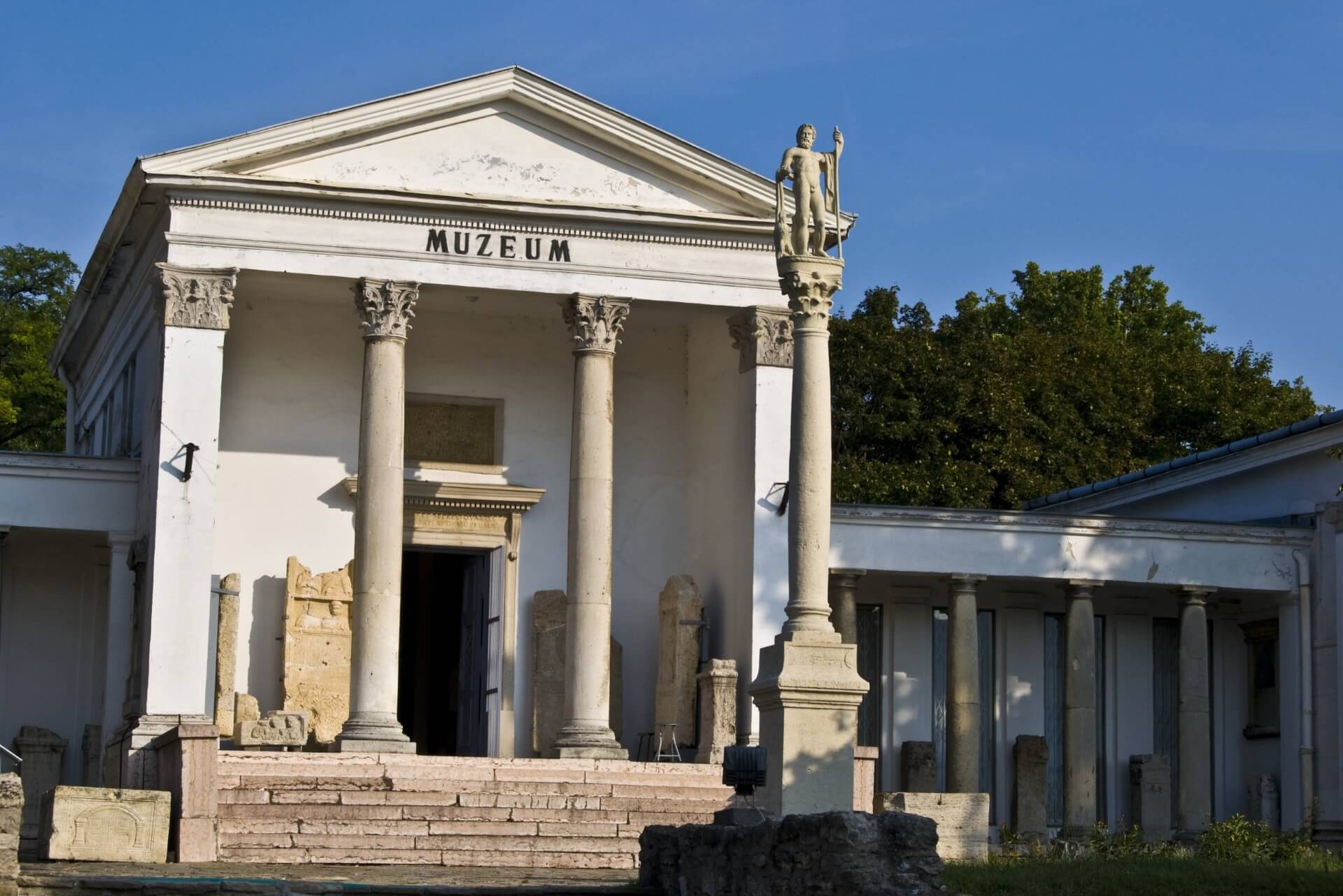
The capital of the Roman province of Pannonia, Aquincum, is considered the first settlement on the site of modern Budapest. Traces of ancient architecture were discovered by accident in the late 18th century when local resident István Schönwiener, digging a basement for his house, stumbled upon an ancient sewer system. Organized excavations began in 1881, and 13 years later, a museum dedicated to the ancient city was established.
Aquincum is an entire archaeological park covering about one-third of the ancient Roman city. Walking along its paths, visitors can see fragments of an aqueduct, ruins of amphitheaters, temples, baths, residential buildings, and remnants of fortress walls. The museum’s neoclassically styled building houses coins, statues, sarcophagi, gladiator weapons, and household items. Notable rare items include a reconstructed 3rd-century water organ and mosaic floors depicting Diana and Hercules.
House of Terror
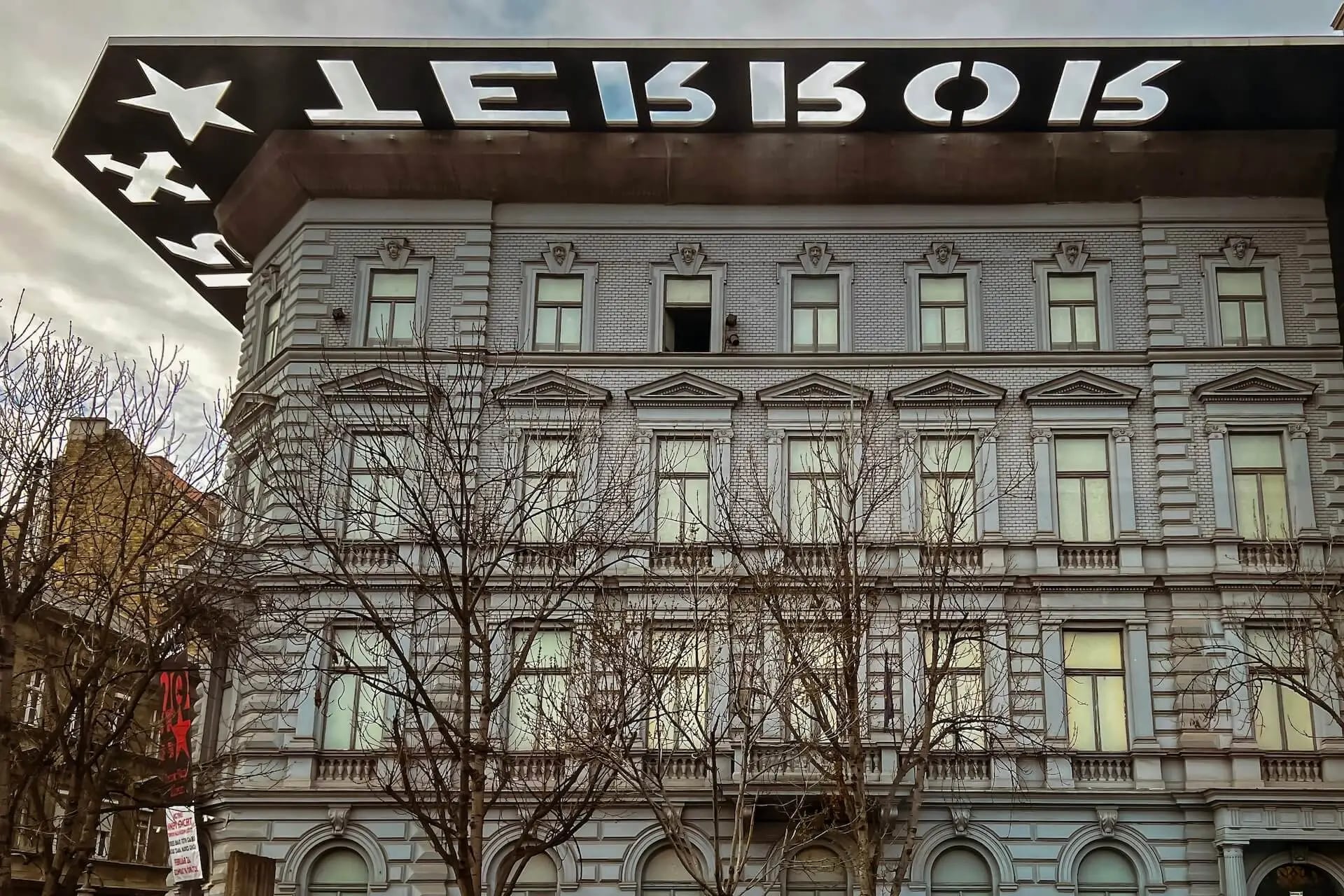
Many European countries from the former socialist bloc prefer to depict their “close friendship” with the USSR as a dreadful time marked by the “big brother’s” dictatorship. Hungary is no exception. In 2002, a museum opened in Budapest, dedicated to the fascist and then communist regimes that ruled the country. The gray building, which introduces visitors to the horrors of prolonged terror, was built in 1880. From 1937, it served as the headquarters of the Nazi Arrow Cross Party, and after the war, it housed the State Security Office.
Today, the building’s cornice bears the word “TERROR,” casting a huge shadow on the facade in sunny weather. Inside, visitors find torture devices, paraphernalia, posters, documents, and photographs recreating the atmosphere of repression from 1937 to 1956. The most terrifying exhibits are in the basement, where visitors can see cells and torture rooms used to detain freedom fighters who had committed crimes against Nazism and later the Soviet regime.
Museum of Military History
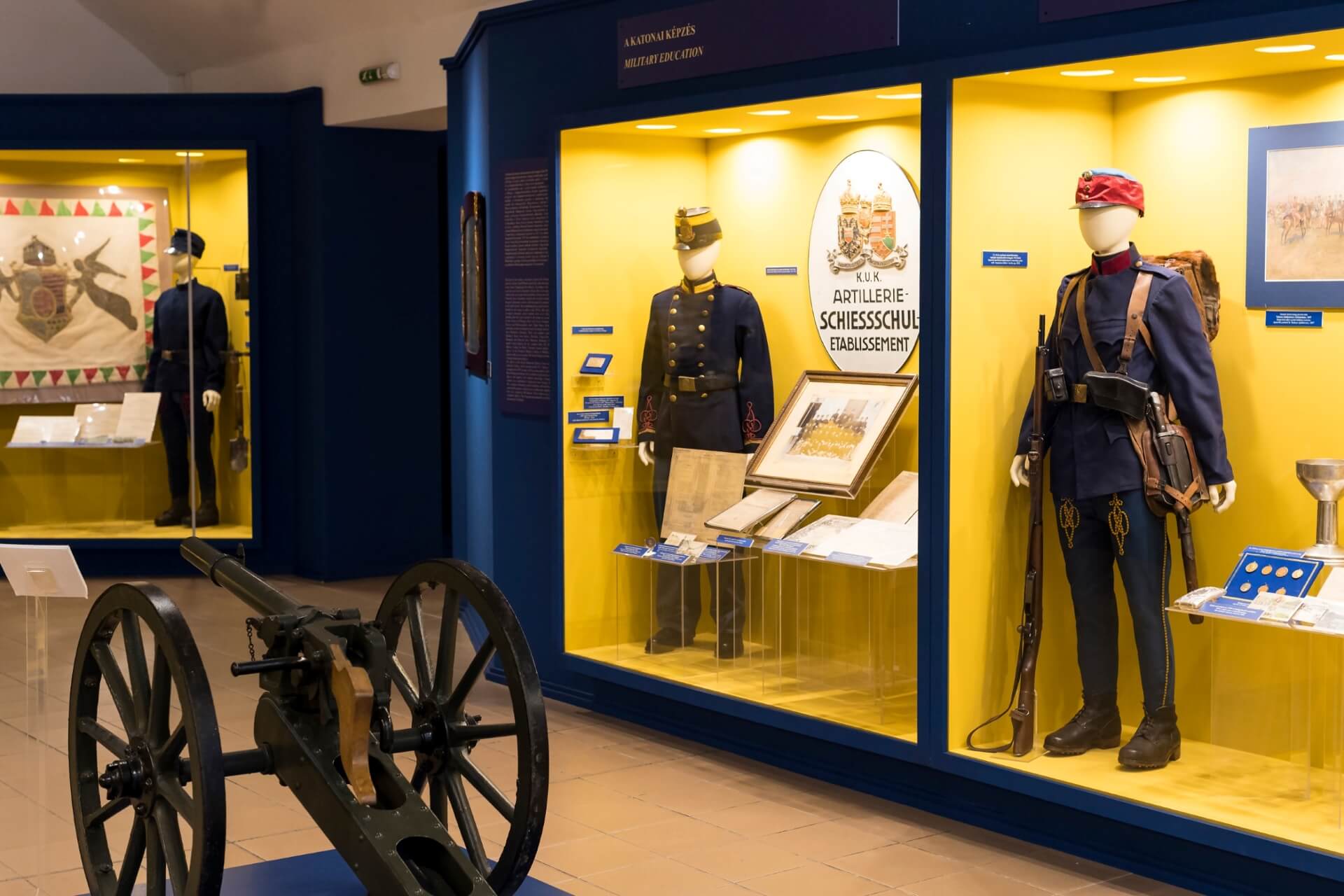
The history of Hungary’s wars can be explored in the former barracks of Buda Castle, converted into a museum of military history in 1918. The understated three-story building houses about 30,000 artifacts, and the courtyard is home to cannons and a Maxim machine gun. Inside, the dimly lit halls showcase not only relics (weapons, insignia, uniforms, flags, field kits, archival documents) but also extensive exhibitions.
Visitors will find a small plane suspended from the ceiling, models of military vehicles, trenches with soldier figures, and a recreated living room that survived the 1945 bombings. Boys will be thrilled to hold a Degtyarev machine gun and a PPSh submachine gun. A tip for tourists: before visiting the exhibition, familiarize yourself with the key events in Hungarian history to better understand the military artifacts.
Hospital in the Rock Museum
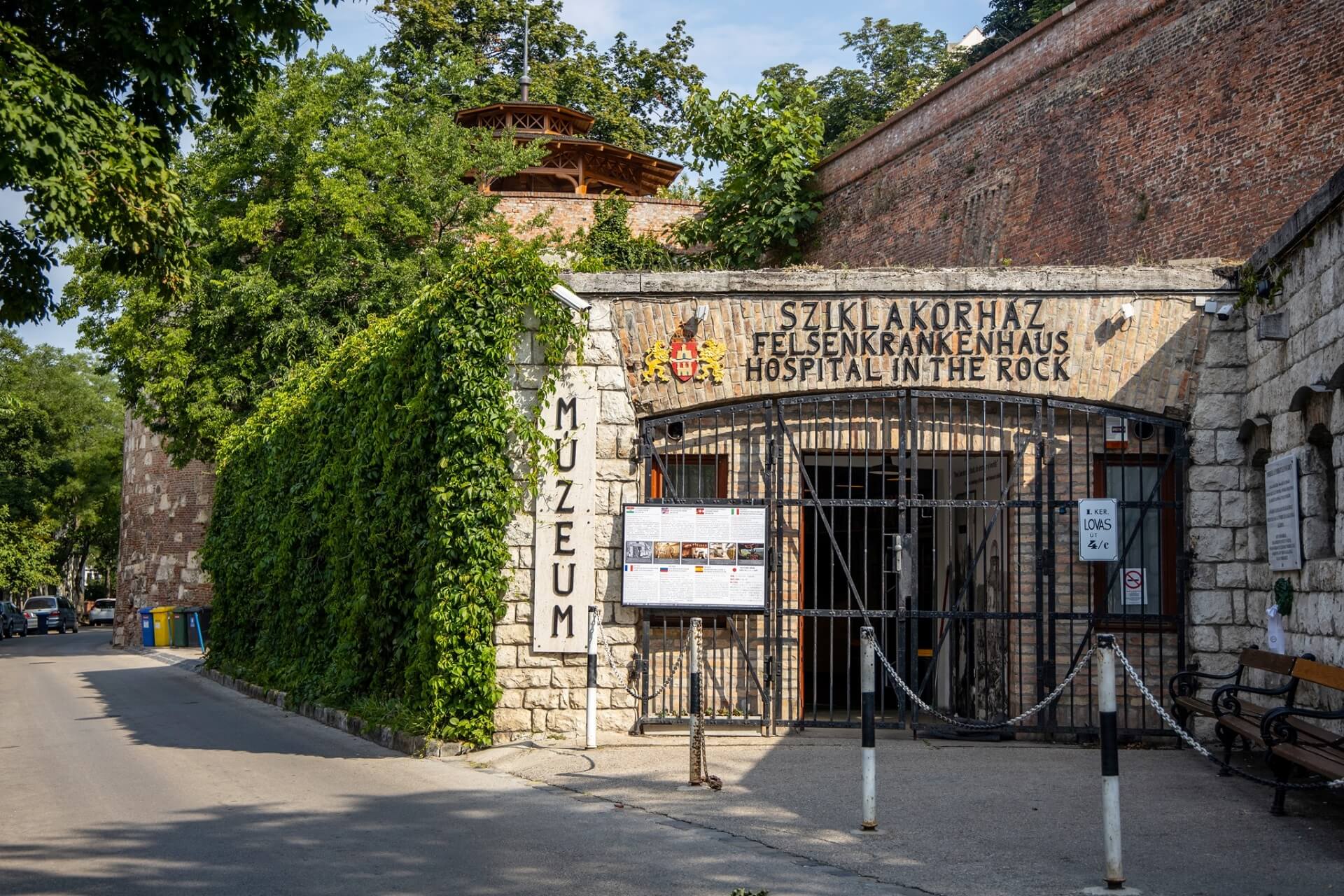
While exploring the Castle District, you’ll encounter many popular city attractions known to millions of tourists. However, few are aware of an unusual place hidden in the catacombs of Buda Castle. In 1939, an air raid shelter was established here in a maze of tunnels and basements spanning 10 kilometers. In 1944, a hospital was set up in the shelter, occupying 2,300 square meters.
In 1956, the hospital treated those wounded during the anti-Soviet revolution, and four years later, the facility was classified and converted into a bunker designed to protect against chemical or nuclear attacks. After the Cold War, the underground complex hosted theatrical performances, and since 2008, it has operated as a museum. The exhibits recreate scenes from the hospital’s history, featuring wax figures of doctors, nurses, and patients. Separate rooms display medical supplies, drugs, gas masks, and mid-20th-century equipment.
Műcsarnok Exhibition Hall
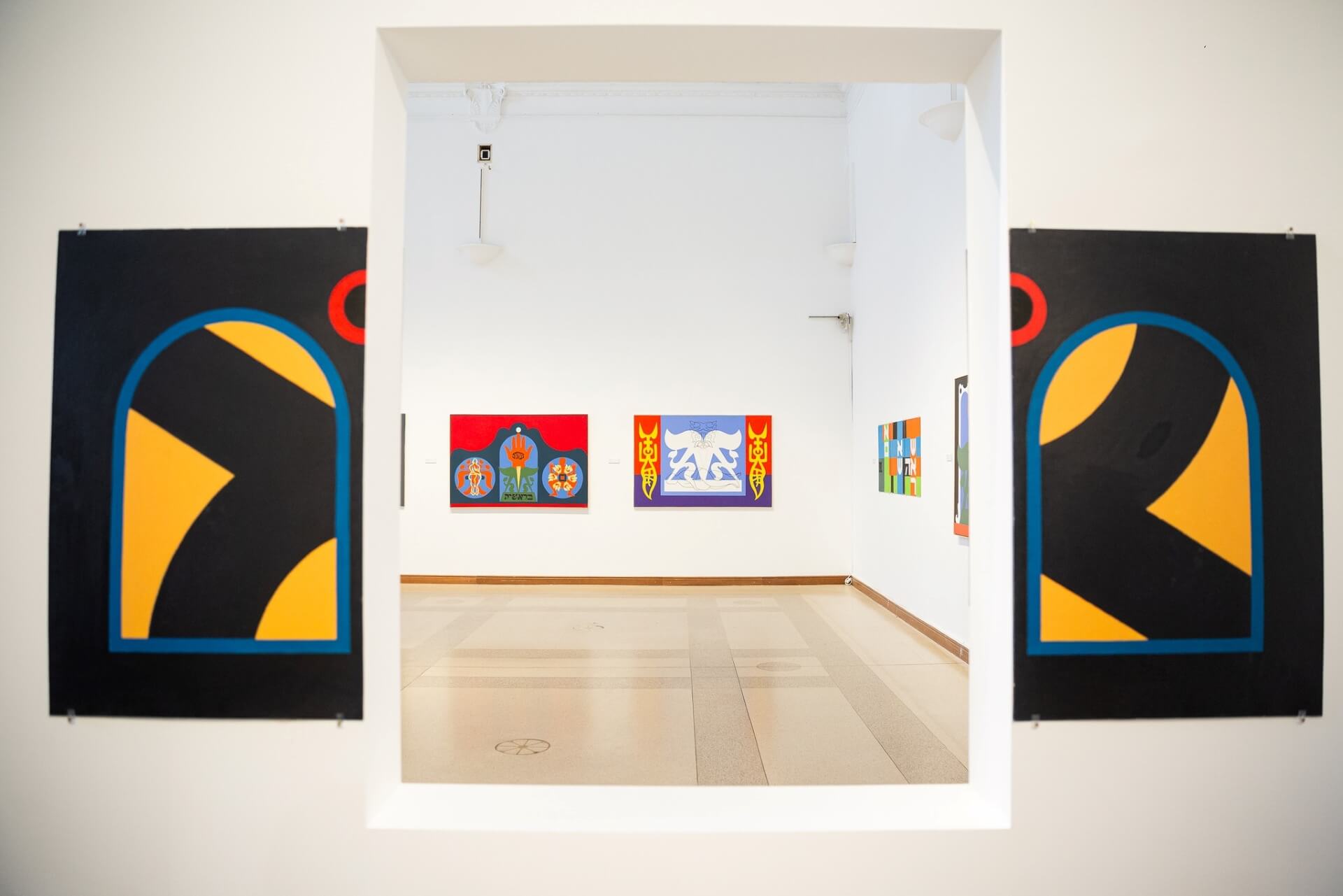
Located on Heroes’ Square, the neoclassical building with Corinthian columns and a mosaic-decorated pediment is impossible to miss. Inside is the country’s largest exhibition center for visual arts, with no permanent collection. The 2,300-square-meter hall exhibits works by contemporary artists. A special room accommodating 80 people offers a 3D film about Hungary’s natural, architectural, and historical attractions.
Temporary exhibitions at Műcsarnok reflect the work of artists in styles such as Modernism, Avant-gardism, Cezannism, Futurism, Surrealism, Pop Art, and Tachism. The hall has showcased frescoes by János Akila, minimalist wooden figures by Zsolt Jósza, stunning photographs by American Alex Webb, and compositions by Hungarian sculptor Cservátius that baffle unprepared viewers.
Museum of Fine Arts
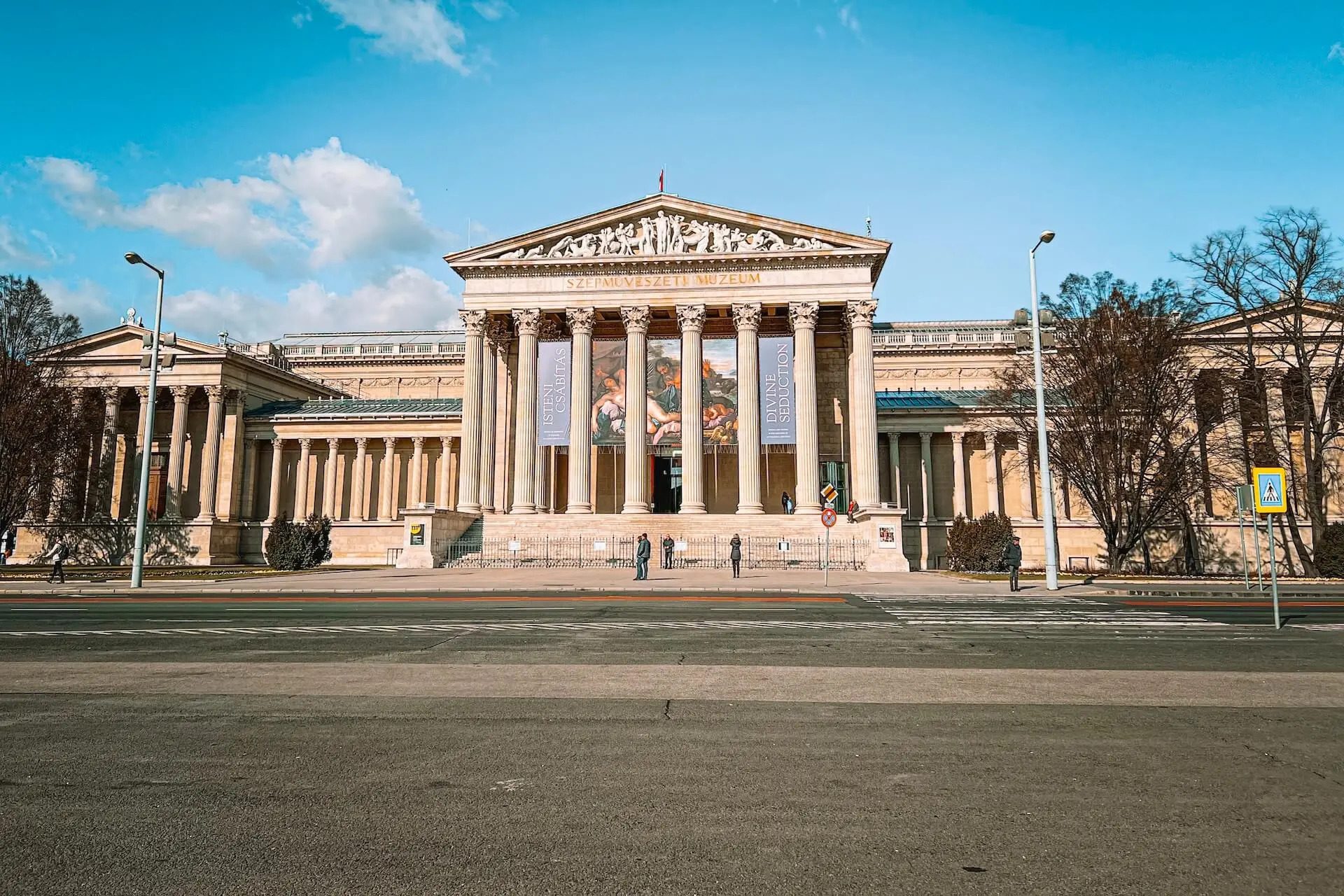
Opposite the Műcsarnok Exhibition Hall is another temple of art, displaying a precious collection. The gallery’s foundation includes 700 works gathered over decades by members of the Esterházy princely family. Opened in 1906 by Austrian Emperor and Hungarian King Franz Joseph, the gallery consists of several sections. The Egyptian section impresses with mysterious mummies, steles, and artifacts from ancient Thebes. The Antiquities section features marble statues and precious jewelry.
The Graphic Department includes sketches and drawings by renowned artists like Rubens, Rembrandt, Leonardo da Vinci, and Chagall. The highlight is the Gallery of Old Masters, showcasing over 2,500 paintings by European artists from the 13th to 18th centuries, including Lucas Cranach, Albrecht Dürer, Hans Holbein, Raphael, Titian, Francisco Goya, and Paul Gauguin.
Palace of Wonders
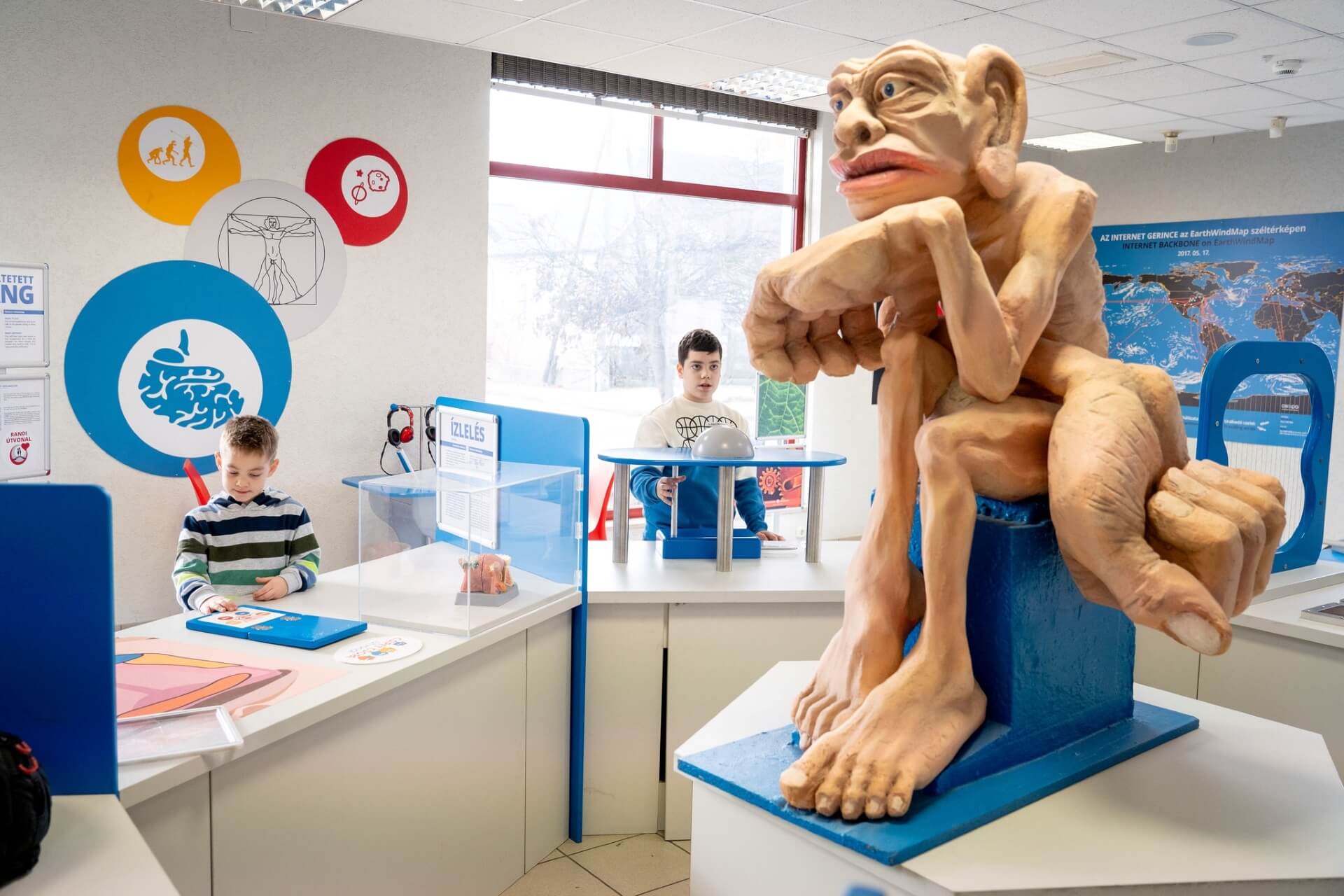
This unique place is a must-visit if you’re vacationing with children. The Palace of Wonders is a large interactive center inviting young explorers on an amazing journey into the world of fascinating scientific experiments. Through playful activities, young tourists will learn the basics of physics, chemistry, and mathematics and make astonishing discoveries.
The most incredible experiments are conducted here: kids can safely lie on a bed of nails, experience life as a human embryo, transform into giants and dwarves, and solve puzzles in special quest rooms.
Organizers haven’t forgotten about the youngest visitors. Simple puzzles, pictures, toys, installations with sound and visual effects, and numerous levers to pull and push are prepared for them. Little ones enthusiastically visit the electromagnetic shooting range and the interactive musical room.
Budapest History Museum
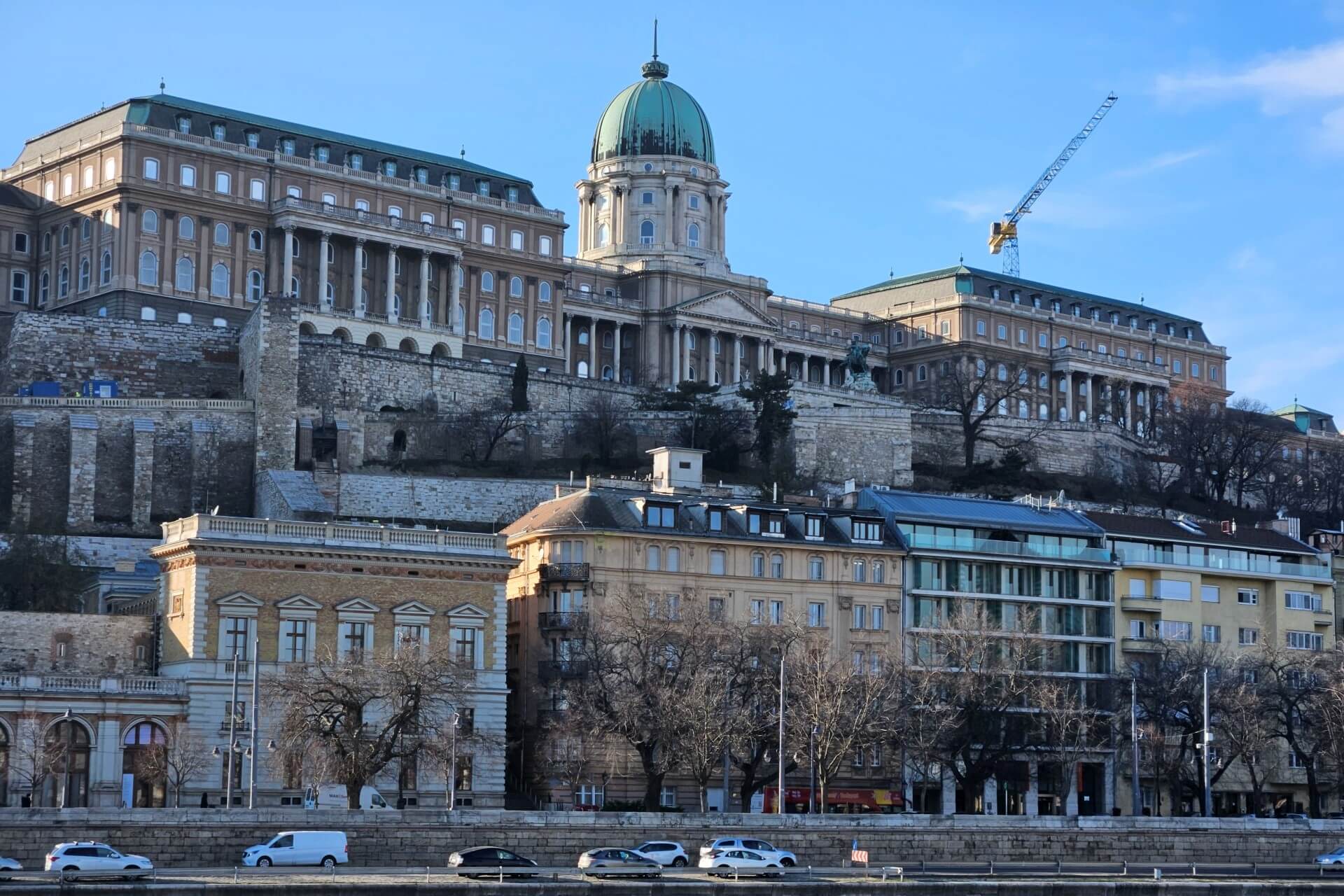
Located in Wing E of the Royal Palace, this museum tells the history of Hungary’s capital from ancient times to the present day. Rooms dedicated to the prehistoric and ancient eras focus on archaeological finds such as household items, craft products, stone tombstones, statues, ancient coins, textiles, and weapons.
The upper floors feature artifacts illustrating modern history, from the Roman Empire era to contemporary times. A special room displays works by local artists.
In 1974, excavations in the northern courtyard of the castle revealed 40 fragments of sculptures from Emperor Sigismund’s reign. These unique relics are now housed in the mezzanine and, along with reconstructed ruins of the medieval fortress and Renaissance palace, a 1380 chapel, and Gothic royal chambers with vaulting, are among the museum’s most important exhibits.
Kiscell Museum
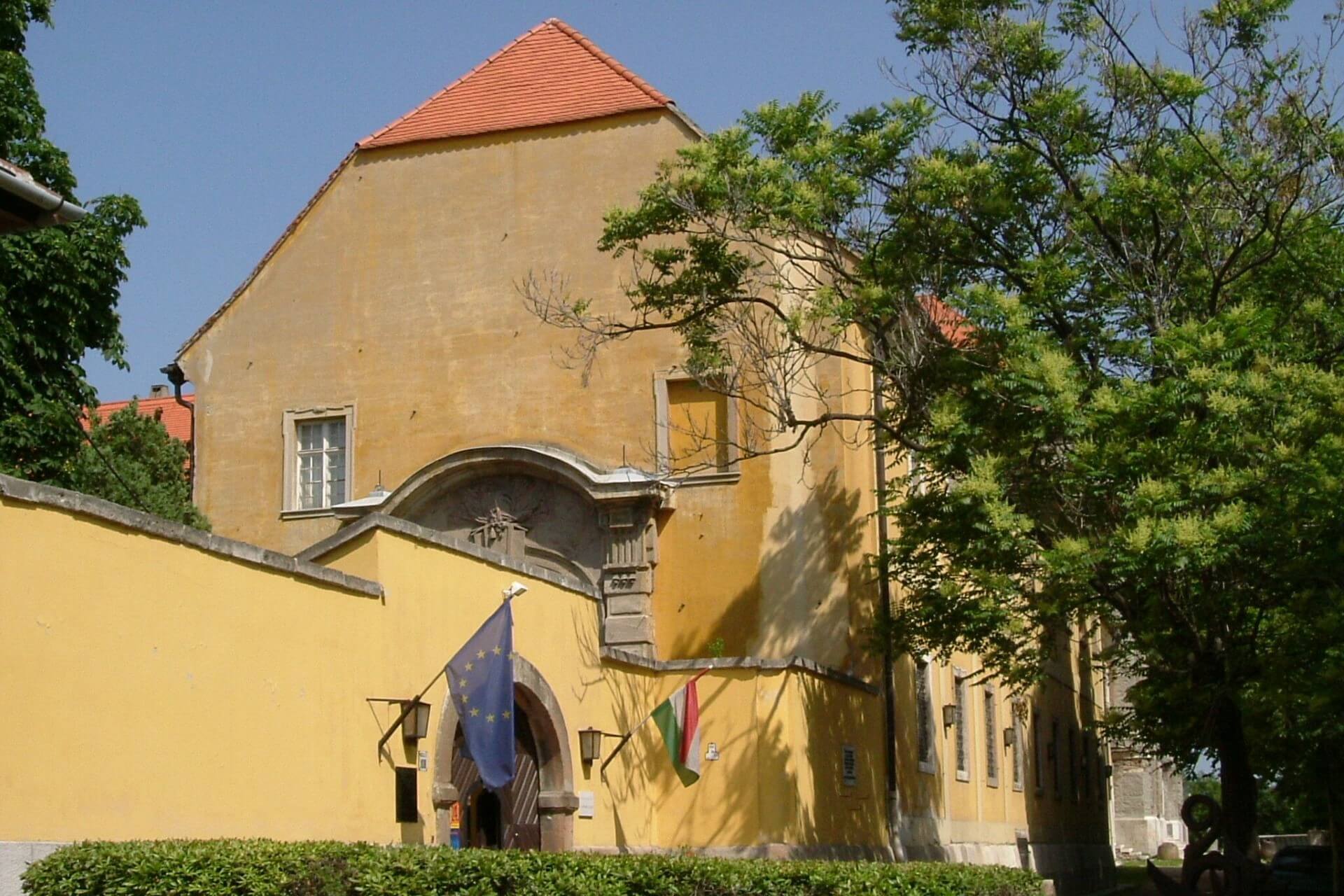
The collections are housed in a Baroque building constructed in 1758 as a Trinitarian monastery. In the early 20th century, the dilapidated structure underwent major restoration, after which its new owner, industrialist and avid collector Miksa Schmidt, organized a display of his rare furniture collection. Four years after World War II, the house became city property according to Schmidt’s will. His work continued, and bright exhibition halls were set up in the former monastery, now part of the Budapest History Museum.
Visitors will find engravings, antique pharmacy items, printing presses, furniture, and clock mechanisms. On the first floor is an art gallery showcasing works by 20th-century Hungarian painters. Temporary exhibitions dedicated to contemporary global art are also held here. The inner courtyard and adjoining church host concert events.
Ludwig Museum

Located on the Danube’s shore, this building’s minimalist design contrasts with the grand structures of old Pest. It houses a collection of works by artists in Pop Art, Surrealism, Expressionism, and Tachism. The museum’s founder, Peter Ludwig, was a German philanthropist who owned a collection of paintings from ancient times to the 20th century. Classical art fans may feel uneasy in this gallery, especially when greeted by a stuffed pig watching footage of its slaughter and transformation into a model on a large screen at the entrance.
Inside the building with columns are collections of works by Hungarian, American, Italian, Russian, and French artists from the 20th century, spread across three floors. Among the artists are Picasso, Claes Oldenburg, Kazimir Malevich, Tom Wesselmann, Wassily Kandinsky, Simon Hantaï, Andy Warhol, Sergey Shutov, and J. A. Cavellini.
Marzipan Museum
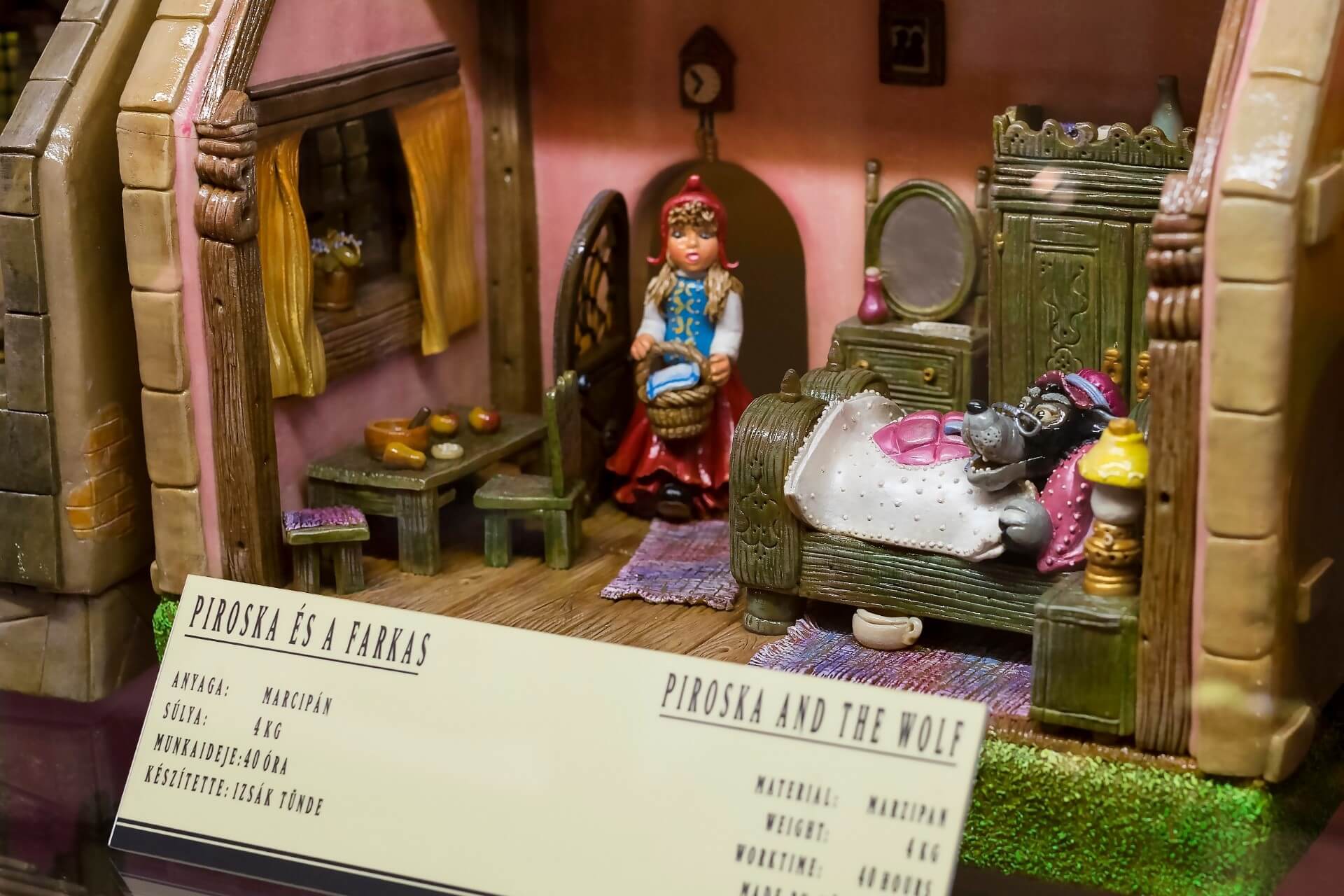
Szentendre, a small romantic town 15 km north of Budapest, is affectionately known as the “Pearl of the Danube” in Hungary. On a narrow street among Baroque churches and picturesque houses lies one of the main attractions — the world’s only marzipan museum. This paradise for sweet tooths was created in 1994 by confectioner Károly Szabó, who aimed to tell Europe’s history using 5,000 kg of marzipan. Edible busts of Count Széchényi, to whom Budapest owes its chain bridge, and Lajos Kossuth, the father of the Hungarian revolution, sit side by side here.
The creator’s pride is a sweet 1.40 x 1.20-meter painting depicting Austria’s Empress and Hungary’s Queen Maria Theresa surrounded by her eleven children. Nearby are fairy-tale characters, models of famous buildings, and figures of film and pop stars. Weekly public demonstrations of modeling and restoring sweet sculptures are held in the workshop. An equally important part is the confectionery, offering not only marzipan candies but also salami, exquisite Hungarian wines and liqueurs, and in summer months, delightful ice cream.
Agricultural Museum
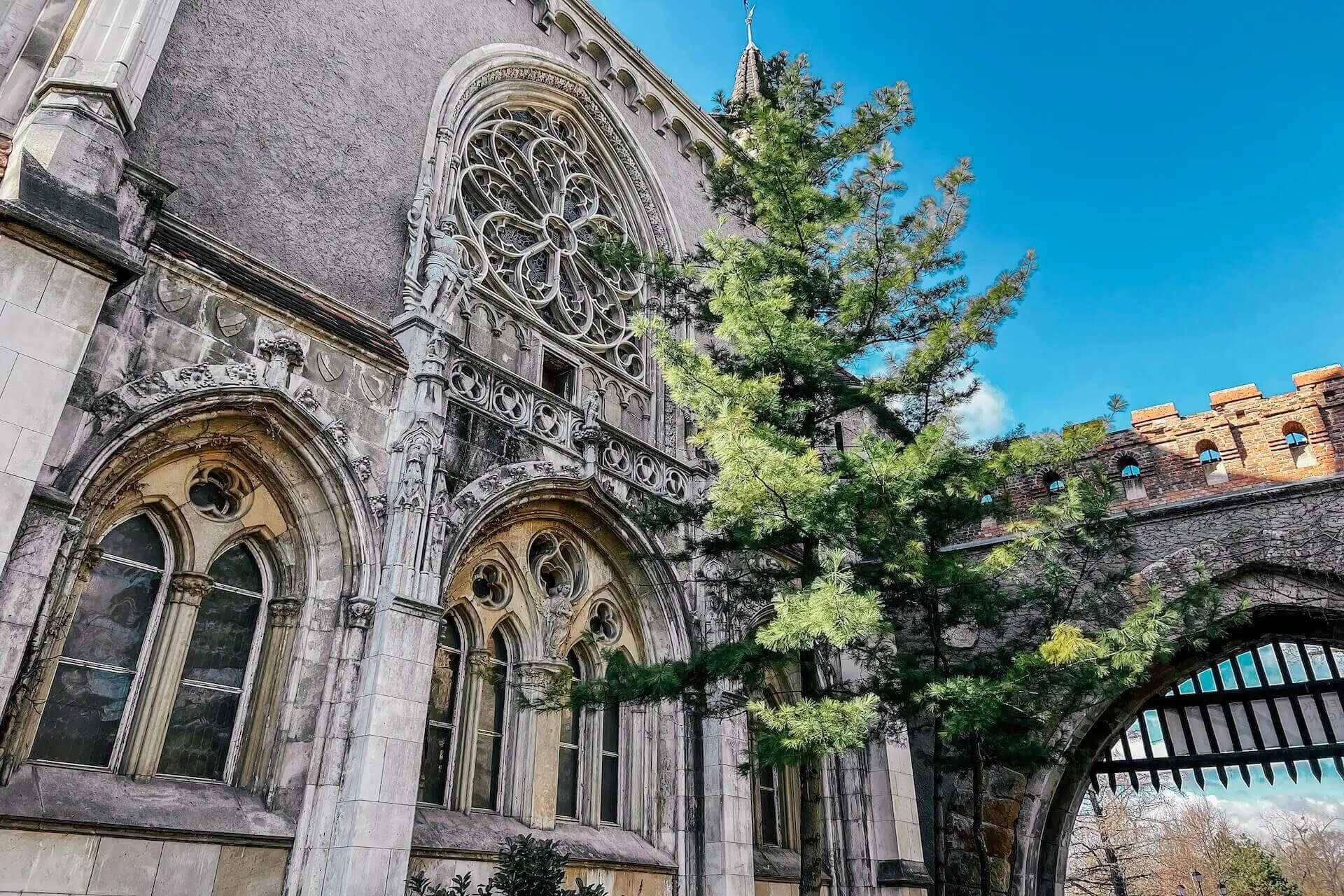
Housed in the mysterious medieval Vajdahunyad Castle, which combines all architectural styles and greets visitors with wrought-iron Gothic gates. The building, dedicated to Hungary’s 1,000-year anniversary, was constructed in 1896 as a cardboard historical pavilion and dismantled after the celebrations. Its stone twin appeared in 1908. The exhibits introduce simple yet fascinating scenes from peasant life, many of which children can touch and even taste.
On a 5,200-square-meter area, eight permanent exhibitions operate. The halls display ancient and modern farming tools, traditional stoves, peasant clothing, hunting and fishing trophies, herbariums, and animal models. The staff organizes themed games for young visitors. Adult visitors will appreciate the wine section, which covers the history of winemaking and offers tastings.

